Weeks of nationwide protests led by young people have culminated in a military rebellion and the reported flight of President Andry Rajoelina from the East African nation of Madagascar.
The unrest, which began over failing public services, has now developed into a mass movement demanding political change and accountability.
How the protests initially began
The protests started in late September after the arrest of two local politicians on September 19, who had planned a demonstration in the capital Antananarivo against chronic electricity and water shortages.
The detentions were widely viewed as an attempt to silence dissent and triggered anger across social media.
Soon, a youth-led online movement calling itself Gen Z Mada emerged, organising peaceful demonstrations that rapidly gained traction across Madagascar’s major cities.
By September 25, rallies had intensified, drawing thousands to the streets to protest against prolonged blackouts, water cuts, and what participants described as government neglect and corruption.
Demonstrators accused state-owned utility Jirama of mismanagement, claiming its inefficiency and alleged graft were responsible for daily outages that disrupted livelihoods and businesses.
Civic groups, trade unions, and political parties eventually joined the youth organisers, expanding the protests’ scope and size. The Malagasy Trade Union Solidarity, one of the country’s most influential labour organisa
tions, threw its support behind the movement.
Participants came from diverse backgrounds — students, teachers, public sector workers, and the unemployed — but the common thread was anger over deteriorating living standards.
One protester told AFP that “living conditions of the Malagasy people are deteriorating and getting worse every day.”
Madagascar, a nation of about 30 million people, remains one of the poorest countries in the world. The World Bank estimates that three-quarters of the population live below the poverty line, and the International Monetary Fund reports that only about one-third have access to electricity.
For the country’s growing young population — the median age is under 20 — these systemic problems have led to widespread frustration.
How the protests spread
The Gen Z Mada movement used platforms such as Facebook and TikTok to share information, livestream protests, and coordinate nationwide actions.
What began as scattered activism quickly evolved into organised mass gatherings, with committees established to manage logistics and communicate with supporters in different regions.
Protests soon spread beyond Antananarivo to at least eight cities across the island, including Toamasina, Antsirabe, and Fianarantsoa, showing the depth of public discontent.
Initially peaceful, the demonstrations were met with police resistance, and reports of violence increased as crowds grew.
According to the United Nations, at least 22 people have been killed and dozens injured since late September in clashes between protesters and security forces.
The UN criticised the government’s response as “violent,” especially in the early stages when protests were largely peaceful. Authorities, however, have disputed the reported death toll.
Opposition figures soon lent their voices to the movement. Siteny Randrianasoloniaiko, the leader of the opposition in Parliament, and former President Marc Ravalomanana issued a rare joint statement supporting the protesters’ right to demonstrate peacefully.
Civil society and church groups urged for dialogue, calling for “church-led talks to prevent Madagascar from sinking into chaos or civil war.”
The combination of youth activism, union involvement, and opposition backing created the largest anti-government mobilisation since Rajoelina first came to power more than a decade ago.
Many young people blamed him personally for their economic struggles.
How the military got involved
The crisis deepened dramatically this month when parts of the armed forces began defecting to the protest movement.
The turning point came on Saturday, October 11, when CAPSAT, an elite military unit that had played a decisive role in Rajoelina’s 2009 coup, declared its support for the protesters.
The defection of CAPSAT — short for Corps d’Administration et des Services de l’Armée de Terre — was a major blow to the government.
Soldiers from the unit joined the demonstrations, waving national flags and marching alongside civilians in the capital’s main square. They announced that they would “stand with the people” and refused orders to suppress the protests.
Soon afterward, CAPSAT commanders declared that they had taken control of the military and appointed a new army chief.
According to Reuters, the defence minister accepted this new appointment in Rajoelina’s absence, effectively recognising the shift in military power.
Colonel Michael Randrianirina, one of CAPSAT’s senior officers, said that his soldiers were responding to the public’s demands. “The army has responded to the people’s calls,” he told reporters at military headquarters, while insisting that there was no coup underway.
He added that “it is up to the Madagascan people to decide what happens next.”
Randrianirina said CAPSAT soldiers had clashed with loyalist forces attempting to regain control, and that one of his men was killed in the exchanges.
Despite isolated gunfire in parts of Antananarivo, the rebellion unfolded largely without full-scale combat. Soldiers in armoured vehicles were seen being greeted by cheering crowds.
The gendarmerie, Madagascar’s national paramilitary force, later joined the mutiny. A faction of its officers announced the dismissal of the existing commander and installed a new chief in a formal ceremony witnessed by senior officials.
With both CAPSAT and the gendarmerie aligning with protesters, Rajoelina’s authority rapidly disintegrated.
The Senate, another institution facing public anger, saw its president dismissed and replaced temporarily by Jean André Ndremanjary. Under the constitution, the Senate president is next in line to lead the country if the presidency becomes vacant.
How Rajoelina disappeared
As the rebellion spread and the army fragmented, Rajoelina vanished from public view. Opposition leader Randrianasoloniaiko told Reuters that presidential staff had confirmed the president’s departure from Madagascar on Sunday, October 12.
“We called the staff of the presidency and they confirmed that he left the country,” he said, adding that Rajoelina’s location was unknown.
A military source told Reuters that the president boarded a French military aircraft that took off from Sainte Marie airport, shortly after he was airlifted there by helicopter. The source added that the aircraft departed just minutes after the transfer.
French broadcaster RFI reported that Rajoelina may have reached an arrangement with French President Emmanuel Macron for his evacuation. Macron, speaking from Egypt following a summit on the Gaza ceasefire, said he could not confirm whether France had assisted Rajoelina’s departure.
He stated that “constitutional order must be preserved in Madagascar” and acknowledged the grievances of the island’s youth but cautioned that those grievances should not be manipulated by armed factions.
Later that evening, Rajoelina appeared in a pre-recorded video address shared on Facebook, confirming that he had relocated for his safety. “I was forced to find a safe place to protect my life,” he said, without disclosing his location.
The speech had been scheduled for national television but was delayed after soldiers attempted to seize the state broadcaster’s facilities. The president’s office later confirmed that the message was broadcast only on social media after the takeover attempt.
Despite confirming his flight, Rajoelina did not resign. In his address, he maintained a defiant tone, declaring that he would not “allow Madagascar to be destroyed.”
How history is repeating itself in Madagascar
For many observers, the crisis carries echoes of 2009, when Rajoelina — then a young mayor of Antananarivo — led protests that resulted in a military-backed coup against then-President Marc Ravalomanana.
CAPSAT, the same elite unit that has now turned against him, was instrumental in that takeover.
Rajoelina went on to lead a transitional government until 2014, later winning presidential elections in 2018 and securing re-election in 2023 in a vote boycotted by opposition parties.
Over time, however, his administration became increasingly unpopular. Critics accused it of concentrating power, tolerating corruption, and failing to improve basic living conditions.
Despite promises of development and reform, Madagascar’s economy stagnated, with GDP per capita having dropped by nearly 45 per cent between independence in 1960 and 2020, according to the World Bank.
This economic stagnation, compounded by recurrent droughts and poor infrastructure, has deepened public frustration.
For a generation of young people who grew up under Rajoelina’s rule, the current protests have become a channel for years of pent-up anger over inequality and lack of opportunity.
What Rajoelina did before fleeing
Before leaving the country, Rajoelina reportedly signed a series of presidential pardons on Sunday.
Documents seen by Reuters indicated that among those freed were two French nationals — Paul Maillot Rafanoharana and Francois Marc Philippe — previously convicted of undermining state security for their alleged roles in a 2021 coup attempt. A source within the presidency confirmed the authenticity of the pardons.
Madagascar’s colonial ties to France have long been a sensitive issue domestically. Rajoelina’s own French citizenship — a fact that became public in 2021 — has been a recurring source of resentment among some citizens who view it as evidence of divided loyalties.
France has maintained a strategic interest in Madagascar, particularly given the island’s location in the Indian Ocean and its proximity to French territories such as Réunion and Mayotte. The reports of French military aircraft involvement have therefore stirred speculation about Paris’s role, though no official confirmation has been issued.
Meanwhile, Mauritius confirmed that a private plane carrying Madagascar’s former prime minister and one of Rajoelina’s advisers landed on its territory in the early hours of Sunday morning.
The Mauritian government said it was “not satisfied” that the aircraft had been allowed to land, suggesting the officials may have fled alongside the president.
What next for Madagascar
The African Union appealed to all parties to act with restraint and seek dialogue. The United States Embassy in Antananarivo issued a security alert urging American citizens to stay indoors, describing the situation as “highly volatile and unpredictable.”
Neighbouring African nations have so far avoided taking sides, though diplomats in the region have privately expressed concern that the instability could trigger wider unrest or refugee flows.
As of mid-October, curfews remain in place in Antananarivo and other major cities, including Antsiranana in the north. Protesters continue to occupy public spaces, chanting slogans and calling for the president’s official resignation.
The interim political situation remains unclear. If the presidency is declared vacant, Madagascar’s constitution stipulates that the Senate president assumes power until new elections are organised.
With Jean André Ndremanjary now serving as acting Senate leader, his role may prove pivotal in steering the transition.
Despite the president’s disappearance, CAPSAT officers have denied any plans to seize formal political power, framing their rebellion as support for the people’s demands.
“It is up to the Madagascan people to decide what happens next,” Colonel Randrianirina reiterated, calling for unity and restraint.
Also Watch:
With inputs from agencies


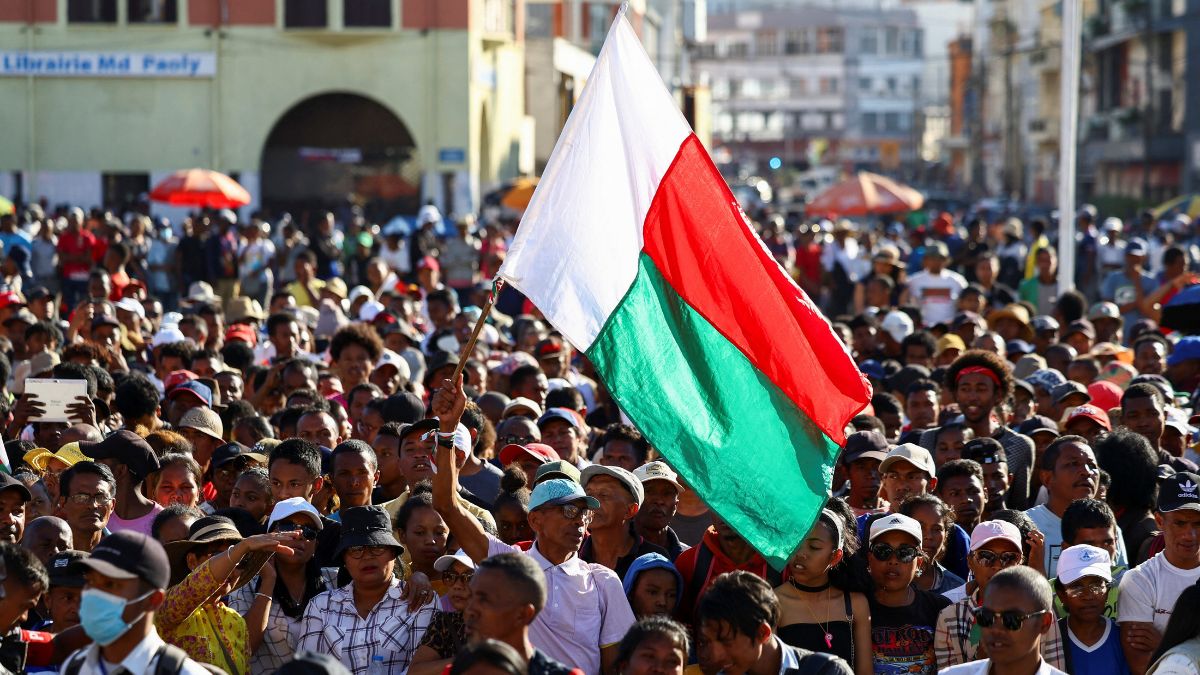)
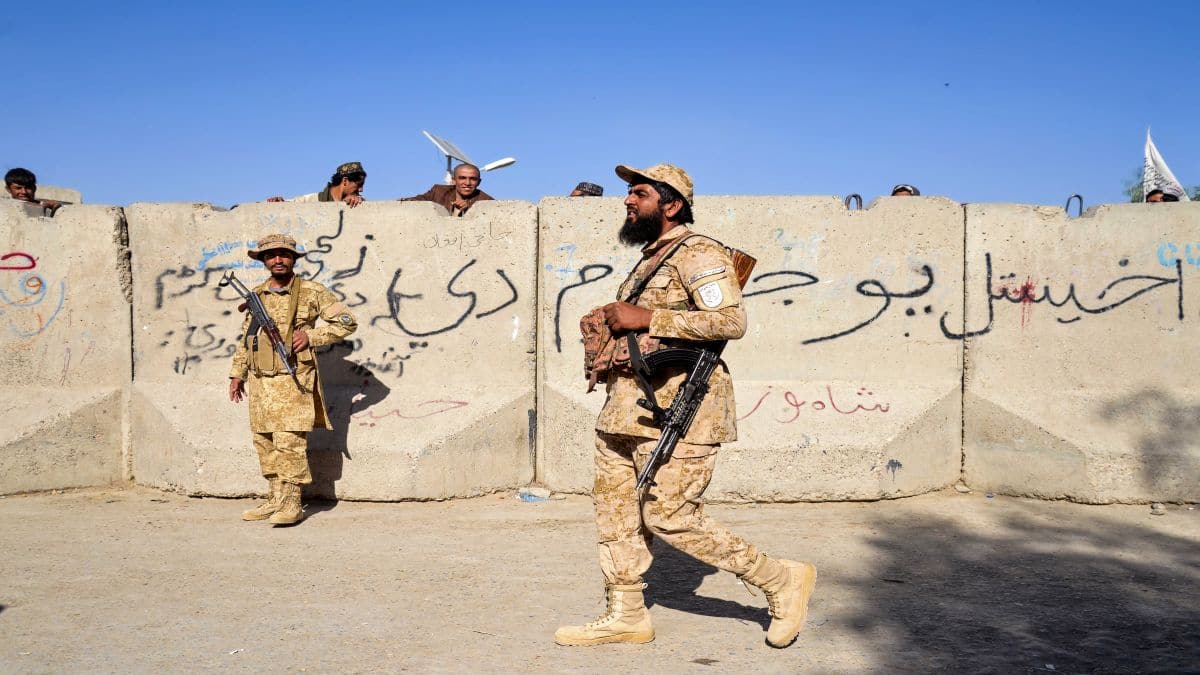
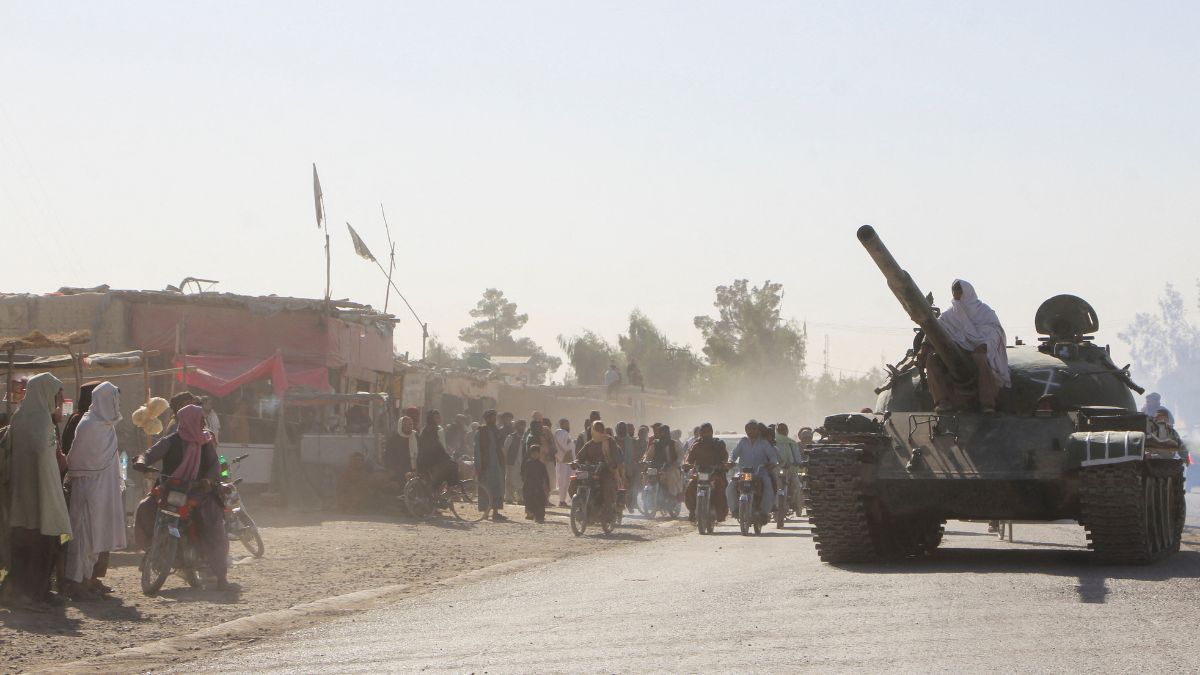)
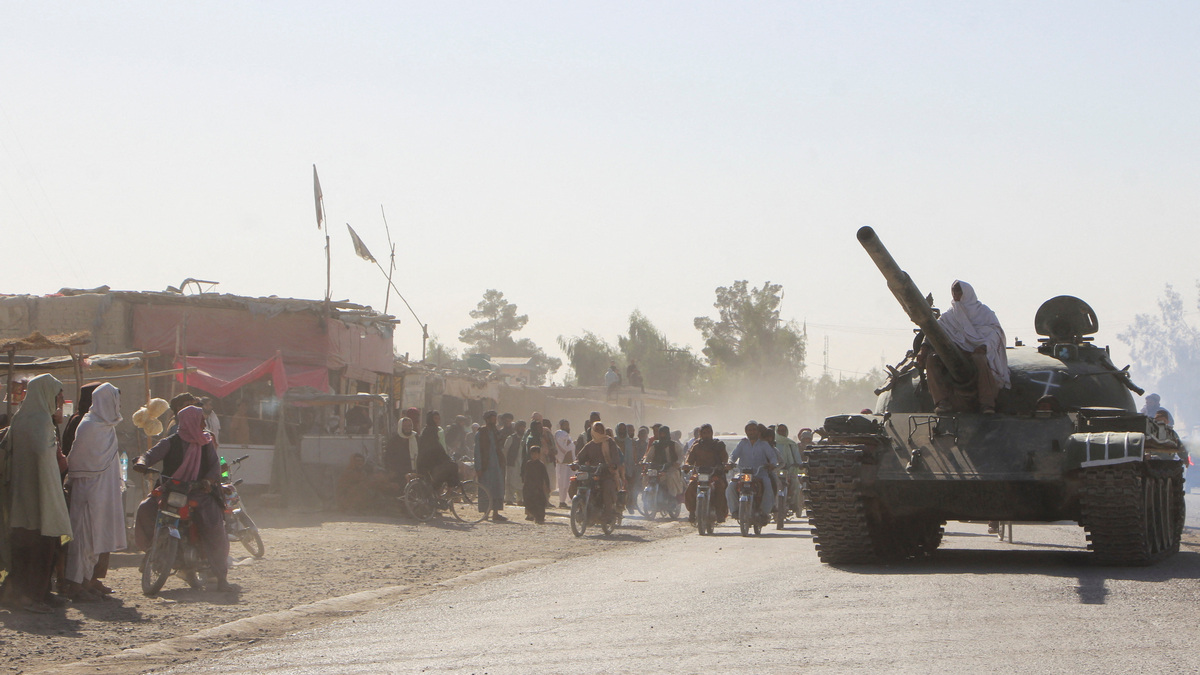)
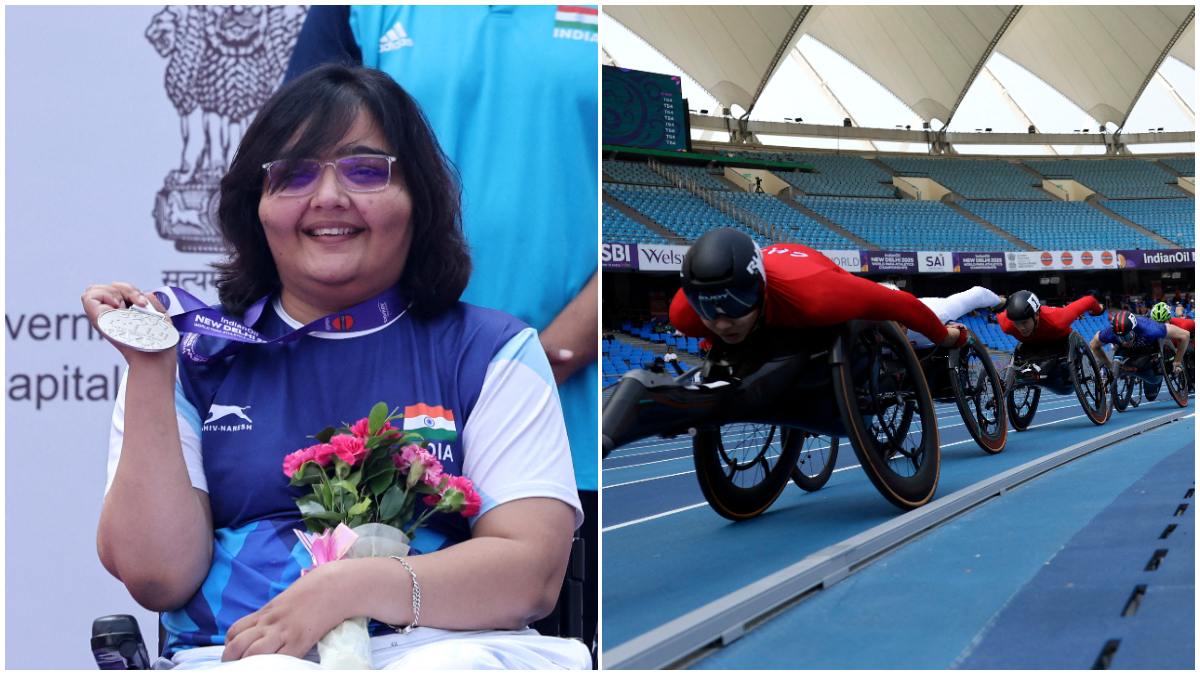)
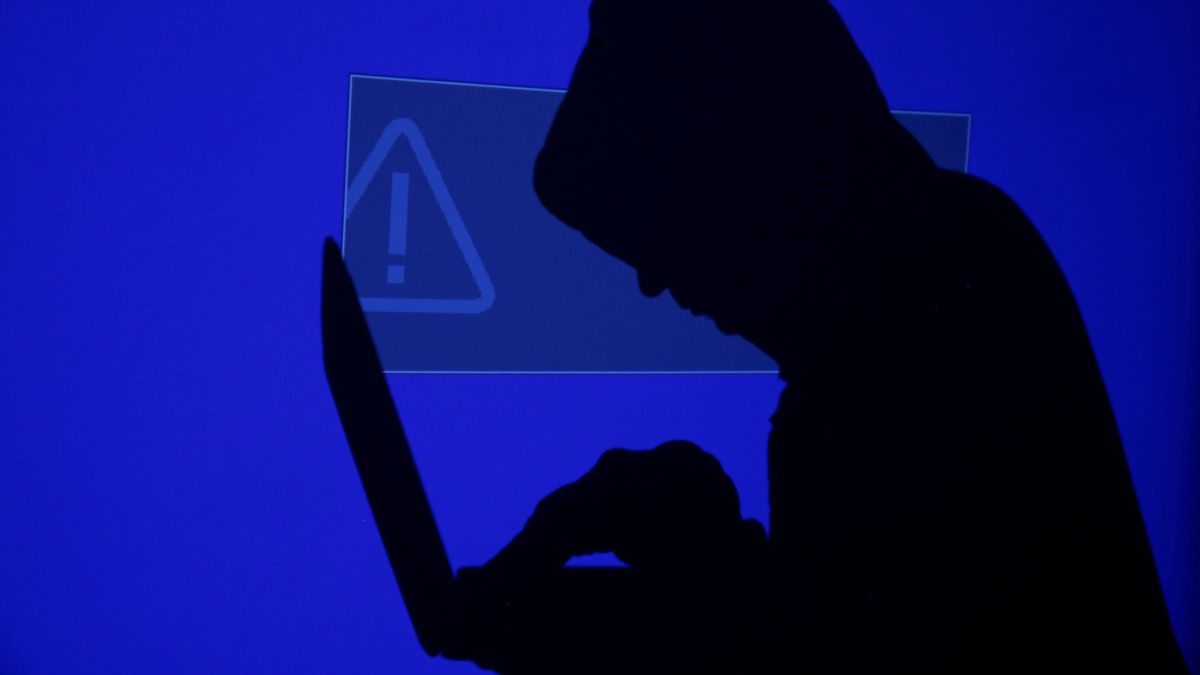)
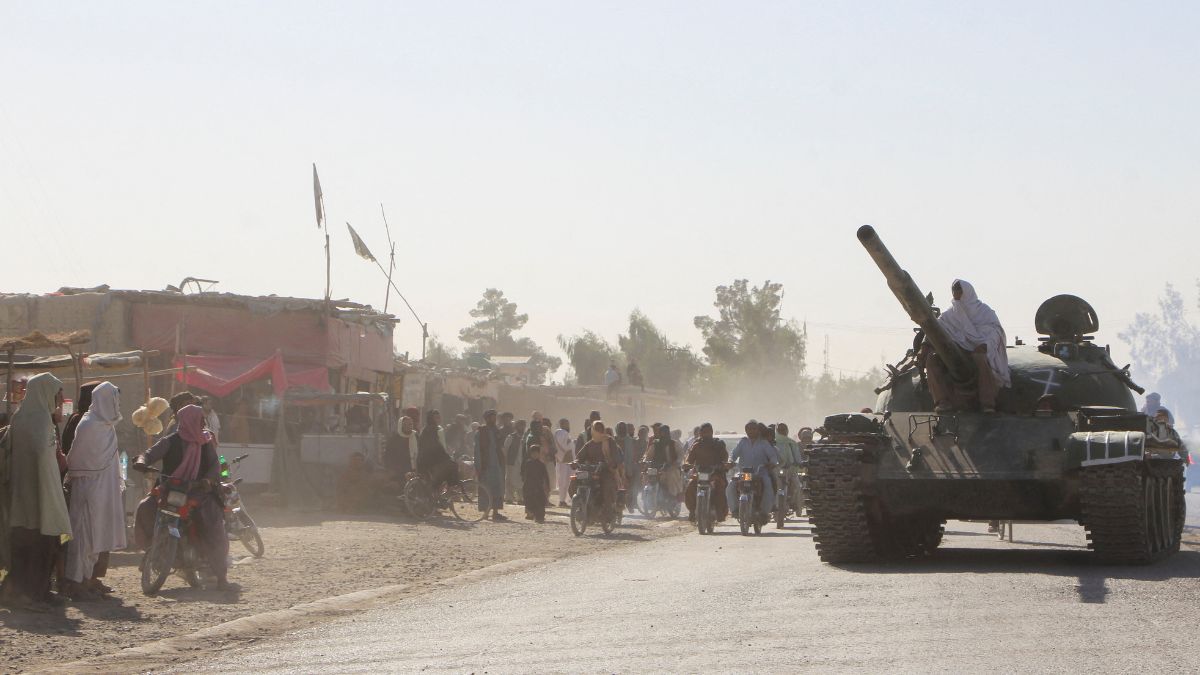)
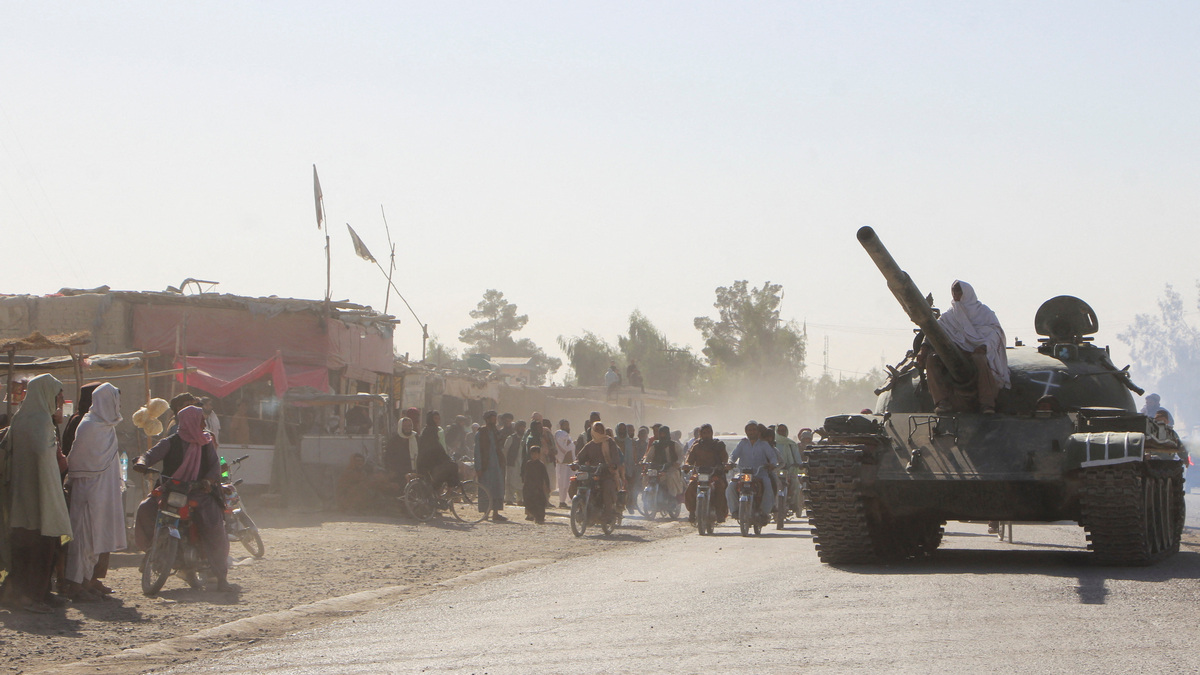)
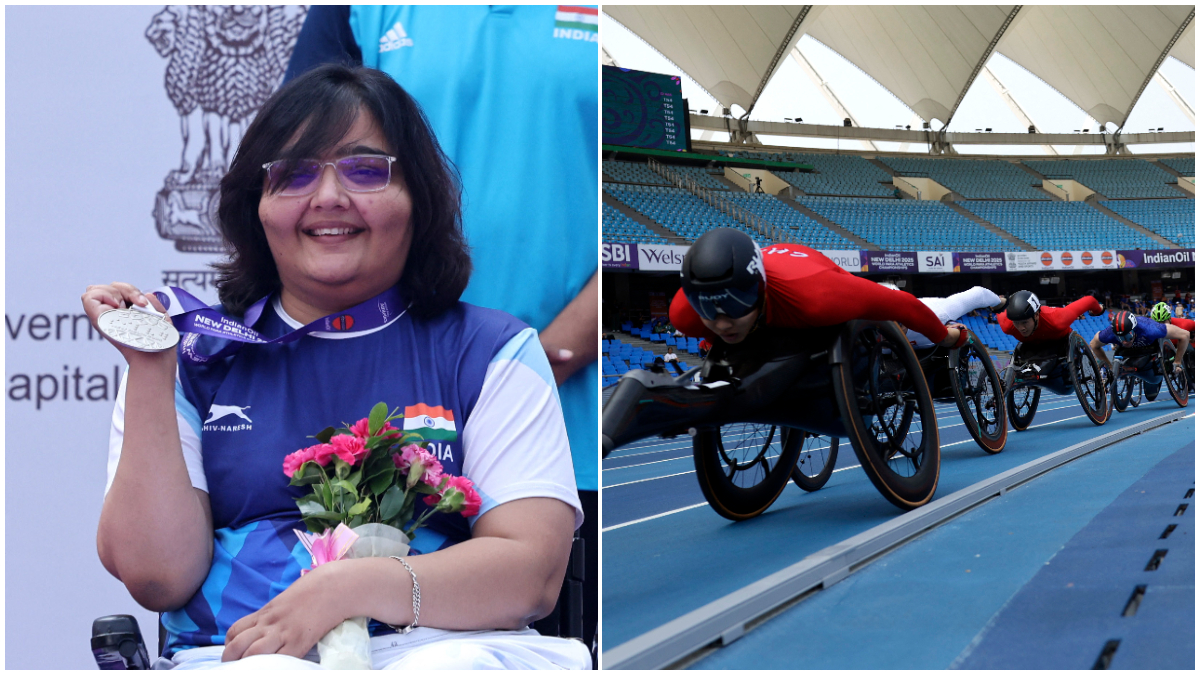)
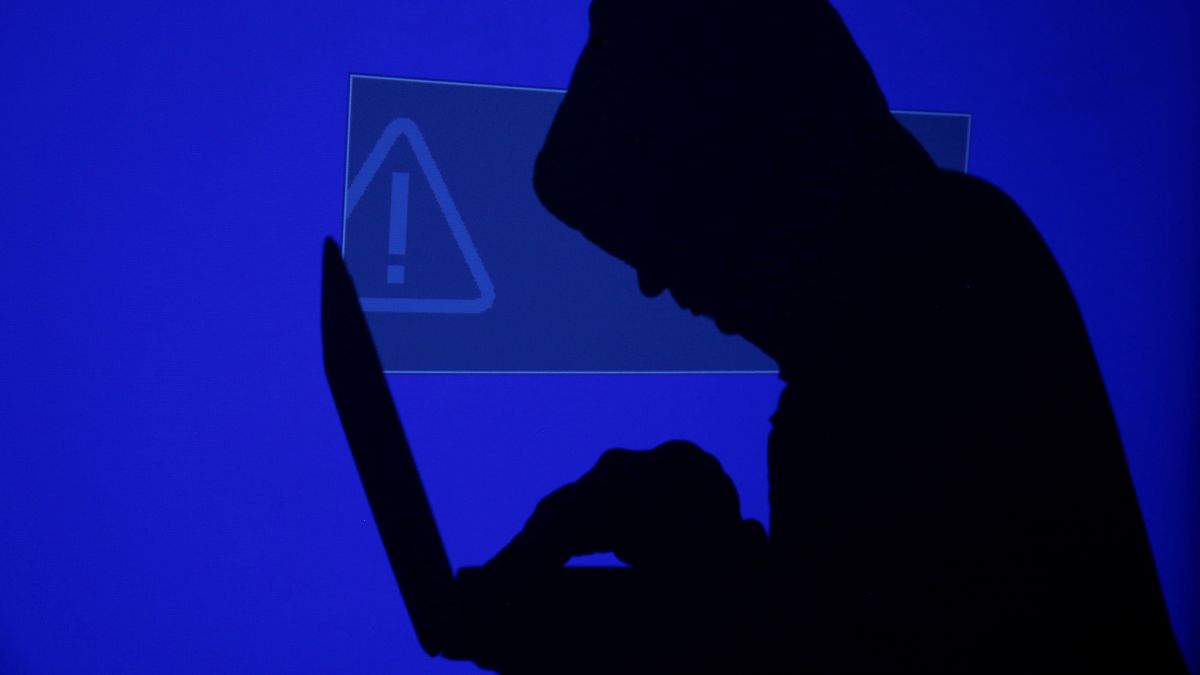)



